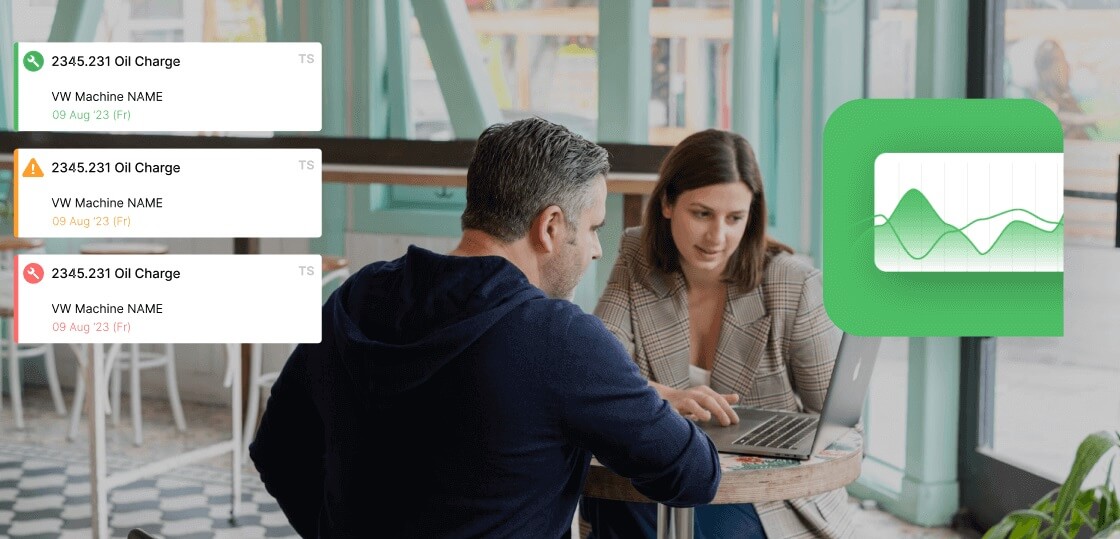The path from an average score to a world-class score is a journey of system improvement.
Step 1: From Low (40%) to Average (60%) - The Goal is Visibility
The Problem: At this stage, your biggest problem is bad data. You are likely using spreadsheets, paper logs, and pure guesswork to track your performance.
The System Upgrade: The first step is to implement a modern OEE platform to get an accurate, real-time diagnosis. This is about making your problems visible and trustworthy for the very first time.
Step 2: From Average (60%) to Good (75%) - The Goal is a Rapid Cure
The Problem: You can now see your downtime events clearly in real-time, but your response is still a chaotic scramble of phone calls and radios.
The System Upgrade: This is where you must connect your OEE diagnosis to a CMMS cure. The goal is to implement an integrated OEE + CMMS platform.
In this system, a downtime alert instantly and automatically triggers a work order, slashing your response time and systematizing your cure.
Step 3: From Good (75%) to World-Class (85%+) - The Goal is Proactive Control
The Problem: Your reactive response is now fast, but you are still having too many failures. You are still firefighting, albeit very quickly.
The System Upgrade: The final step is to use the rich historical data from your integrated OEE and CMMS. You use this data to build a data-driven preventive maintenance program.
You analyze your top failure modes and create effective PMs to prevent them, shifting your team from a reactive to a truly proactive state of control.







